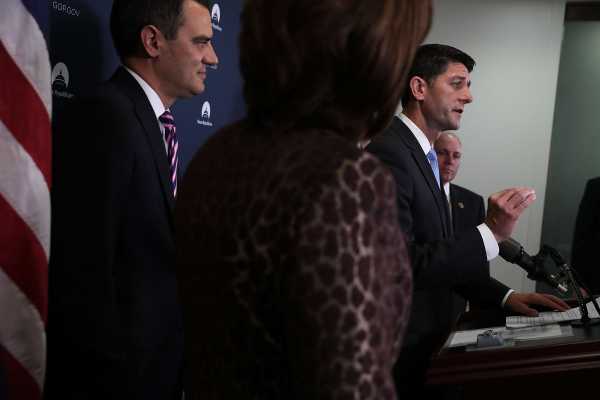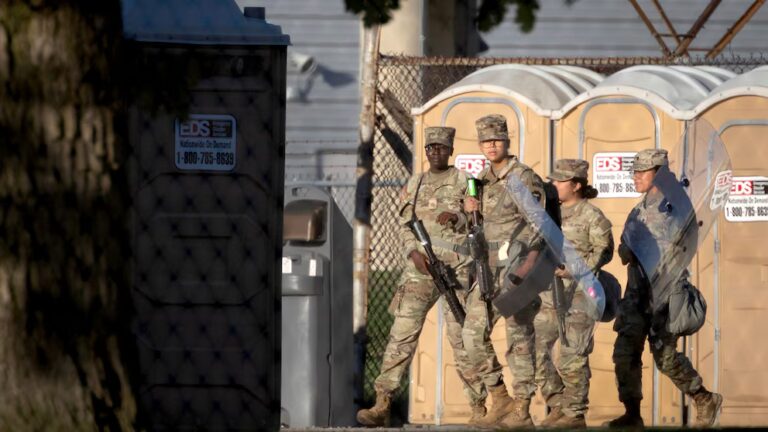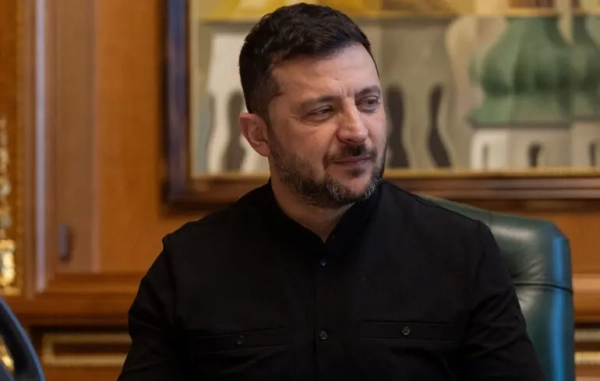
In competitive House races across the country, Republicans are beginning to pull the plug on their own candidates.
This week, the National Republican Congressional Committee (NRCC) canceled a $1 million ad buy for Kansas’s Rep. Kevin Yoder, who is in a competitive race in the Kansas City area. Public polling has shown Democrat Sharice Davids, an attorney and former professional mixed martial arts fighter, neck and neck with Yoder in a toss-up suburban district that Hillary Clinton won by 1 point in 2016.
Yoder is the latest casualty in what has been a weeks-long Republican Party operation to identify which candidates have a chance — and can benefit from some help — and which candidates are simply too underwater to even attempt saving. Many of the districts reportedly on the chopping block are regions Hillary Clinton won, or came close to winning, in 2016.
The Congressional Leadership Fund (CLF), a Republican majority-oriented Super PAC, has also begun to make some of those same tough decisions, cutting off resources in two competitive suburban district races in Colorado and Michigan. In a meeting earlier this year, NRCC chair Rep. Steve Stivers (R-OH) reportedly told lawmakers that they shouldn’t expect the party to come to their rescue in November if they haven’t run a strong campaign.
With as many as 45 Republican-held seats up in the air this midterm cycle, Republicans know they can’t save everyone. They just need to stop Democrats from winning the 23 seats they need to claim back the House majority. There are 25 Republican-held seats in districts Clinton won.
As for Democrats, who strategically cast a wide net of formidable candidates, this is exactly what they wanted to see.
Who Republicans are cutting off — and who they might cut off next
Yoder isn’t the only Republican getting cut off.
In late September, the NRCC confirmed that it had stopped spending money on Keith Rothfus, the Republican trying to win back Pennsylvania’s 17th District from Democratic Rep. Conor Lamb, who won the seat in an upset special election earlier this year.
The decision was a sign that Republicans had already written off the seat, which had been held by a Republican for more than a decade and went for Trump by 20 points in 2016, as a loss. The district lines were redrawn for the November election, making them more favorable to Democrats.
The decision to drop Rothfus was somewhat of an outlier, though. Last month, the CLF also canceled ad buys for Rep. Mike Bishop (R-MI) in his Lansing-area district race against Democrat Elissa Slotkin, a former Barack Obama defense official who has already gained bipartisan endorsements. Clinton came within single digits of Trump in that district in 2016, gaining 44 percent of the vote.
Rep. Mike Coffman (R-CO), a moderate Republican who represents the suburbs of Denver, which supported Clinton, has also lost the CLF’s aid. A recent internal poll from Coffman’s campaign showed him in a statistical tie with the Democrat Jason Crow, a former Army Ranger.
According to Politico, Republicans are also eyeing cutting off vulnerable incumbents like moderate Rep. Barbara Comstock (R-VA) and Rep. Rod Blum (R-IA), who has been calling on his super-conservative colleagues in the Freedom Caucus, like Rep. Mark Meadows (R-NC), to help campaign for him. Others, like Minnesota Reps. Erik Paulsen and Jason Lewis, might also be on the chopping block.
All, except in Lewis’s case, are regions Clinton won in 2016. Clinton came within 2 points of Trump in Lewis’s Minnesota district. The CLF, which reserved $60 million earlier this summer to help Republican candidates, has yet to commit any resources toward Comstock.
There are roughly 43 Republican running in districts that are either expected to go to the Democrat candidate or considered a complete toss-up, according to the nonpartisan Cook Political Report. There are about 50 other Republican-leaning races that have proven to be more competitive than anticipated. Twenty-five are districts that swung blue at the top of the ballot in 2016.
In other words, Republicans are going to have to focus on winning races in districts that they wouldn’t have to worry about in a non-wave election cycle — a reality that will undoubtedly put a strain on their resources.
As these final weeks before the election unwind, we are beginning to see where Republicans are making those difficult choices.
This is exactly what Democrats wanted to happen
Meanwhile, Democrats appear to have the opposite problem. Facing their own resource restraints, Democrats have to decide who they need to help, who will do fine on their own, and which races were too much of a long shot.
From the beginning, Democrats’ strategy has been to make Republicans feel like they’re stretched thin.
“The DCCC has continued to expand what is likely the largest battlefield in history,” Democratic Congressional Campaign Committee chair Ben Ray Luján (D-NM) said at the start of the year, noting that “Democrats are firmly on offense.”
The DCCC has more than 100 districts on its 2018 “battlefield.” The strategy appears to be working.
The House Majority PAC, with close ties to House Minority Leader Nancy Pelosi, reserved $43 million worth of TV ads in March. Last month, they canceled $800,000 in TV ads in Coffman’s Colorado district, showing their confidence.
Of course, none of these decisions are binding; both Republicans and Democrats can shift their spending around quickly if the atmosphere in the district changes. But they are early signs of how the parties are positioning themselves for the final stretch.
Correction: This story previously referenced the House Majority PAC canceling a more than $500,000 buy in Paulsen’s Minnesota district. That was in 2016. We regret the error.
Sourse: vox.com






